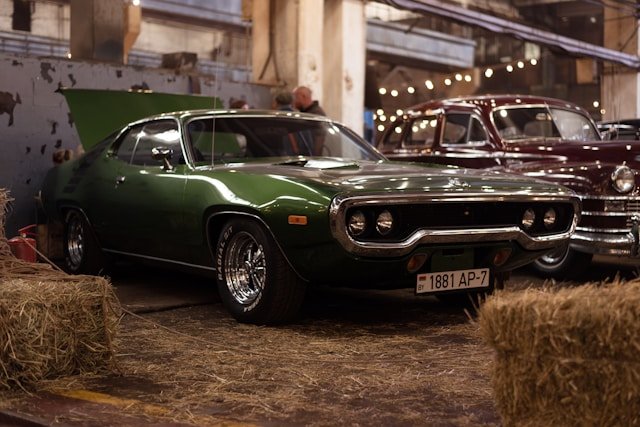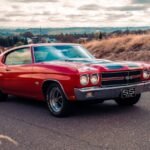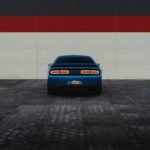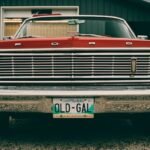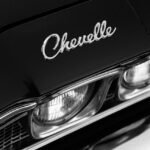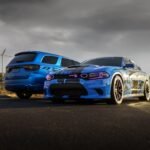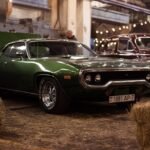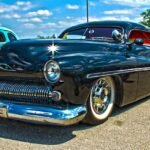If you grew up in the ’50s, ’60s, or ’70s, chances are you saw a Plymouth on just about every street in America. It might have been the car your parents drove to work, the station wagon that hauled the whole neighborhood to Little League, or the muscle car parked at the local hangout on Friday nights.
Plymouth wasn’t flashy like Cadillac or exotic like Corvette. It was a brand for everyday Americans — dependable, affordable, and built to keep the country moving.
How Plymouth Got Its Start
Plymouth rolled out in 1928, right before the Great Depression. Chrysler created the brand to compete in the lower-priced market against Ford and Chevrolet. It was a smart move. Plymouth offered solid cars at a good value, with features you often didn’t get in the cheapest Fords or Chevys of the time.
Throughout the ’30s and ’40s, Plymouth became known for being tough and reliable. By the end of World War II, it was one of the best-selling car brands in America.
The Postwar Boom
When the war ended, America was ready to drive again, and Plymouth was right there to meet the demand. Families needed practical sedans, roomy station wagons, and cars that could handle long stretches of highway.
In the 1950s, Plymouth also started adding style to its reputation for value. Models like the Belvedere and Fury had the tailfins and chrome that defined the era. They might not have been as fancy as the high-end brands, but they had plenty of presence — and plenty of loyal buyers.
Plymouth Goes Racing (and Goes Fast)
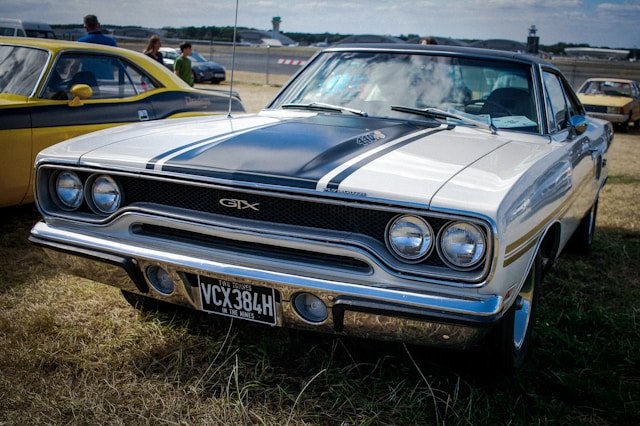
By the late ’60s, Plymouth wanted to prove it could do more than just build practical family cars. The result? A line of muscle cars that became legends.
The Barracuda — introduced in 1964 — was one of the first pony cars, beating the Mustang to market by just two weeks. The late-’60s and early-’70s ’Cudas are still some of the most sought-after muscle cars ever made.
Then there was the Road Runner, a stripped-down, affordable muscle car named after the cartoon character. Plymouth even paid Warner Bros. to use the Road Runner name — and gave it a horn that went “beep beep!” It was fun, fast, and exactly what a young driver in 1968 wanted.
And who could forget the Superbird? With its towering rear wing and pointed nose, it looked like something out of a comic book — and was built for NASCAR domination.
The Everyday Side of Plymouth
Not everyone was chasing horsepower, and Plymouth understood that. Many families drove models like the Valiant, Satellite, and Volare — practical, affordable cars that could be counted on to start every morning and get you where you needed to go.
In the 1980s, Plymouth was part of another big automotive shift — the minivan revolution. The Plymouth Voyager, introduced in 1984, helped change family transportation forever. For many parents in the ’80s and ’90s, that sliding side door and extra room for kids and gear were a game changer.
Trouble on the Horizon
By the 1990s, Plymouth was losing its identity. Many of its models were nearly identical to Dodges or Chryslers, just with different badges. The lineup had shrunk to a handful of vehicles, and younger buyers weren’t connecting with the brand the way their parents had.
The last attempt at something unique was the Plymouth Prowler, a retro-styled hot rod introduced in th
e late ’90s. It was eye-catching, but it wasn’t enough to turn things around.
The End of the Road
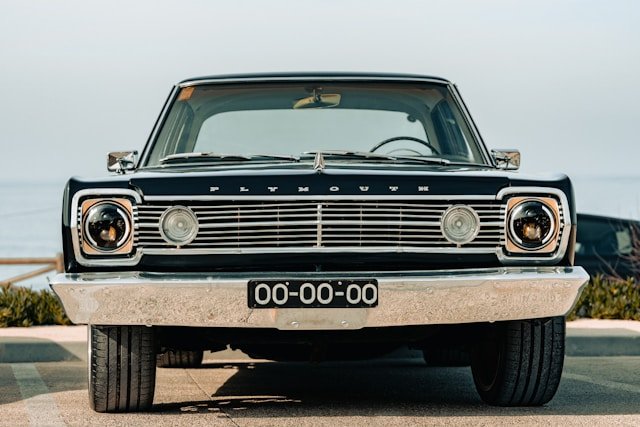
In 1999, Chrysler announced it would phase out Plymouth. The brand’s final lineup was sold for the 2001 model year, and then it was gone.
The last Plymouth ever built — a silver 2001 Neon — rolled off the line on June 28, 2001. After more than 70 years, the brand that had once been everywhere simply faded away.
Plymouth was never the most glamorous name in the business, but it had something more important: it was part of our lives. It was the car you learned to drive in, the wagon that took you to the beach, the minivan that carried your kids to school, the muscle car you’ll never forget.
It was a brand that could be both practical and fun — a name that meant value, dependability, and, in its best years, a little bit of excitement.
The Legacy Lives On
Even though Plymouth is gone, its spirit survives at car shows, in garages, and on back roads across the country. The Barracudas, Road Runners, and Superbirds are prized collectibles. The Voyagers and Valiants that are still running prove how durable these cars really were.
For those of us who grew up with Plymouth, seeing one today is like running into an old friend — it brings back memories of a time when the roads felt a little wider, the cars had more character, and driving was just a bit more fun.
